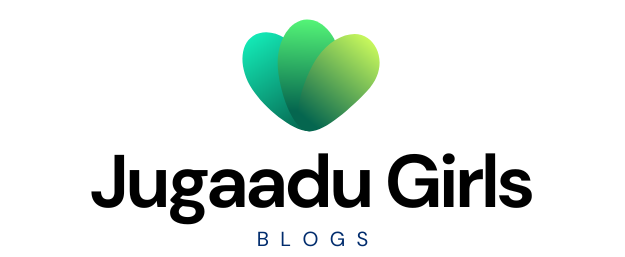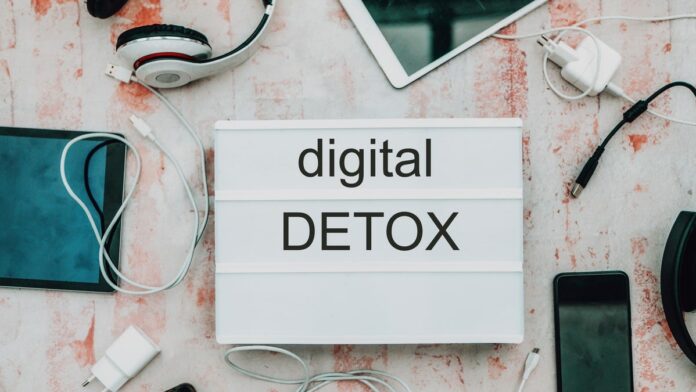In the hyper-connected digital age, our lives are saturated with screens, alerts, and notifications. While technology offers unprecedented convenience and connectivity, it can also lead to stress, anxiety, and a sense of being overwhelmed. This incessant digital consumption can erode our focus, disrupt our sleep, and distance us from real-life relationships and experiences. The need for a digital detox arises from this growing concern. A digital detox is a conscious reduction or total elimination of digital device usage for a certain period. This break enables us to reset our digital habits, reconnect with the world around us, and regain control of our mental well-being. The following guide will delve into the hows and whys of a successful digital detox.
Understanding Digital Addiction and Its Impact
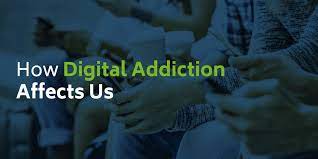
Digital addiction refers to the compulsive need to use digital devices to the point where it interferes with our daily life. It’s a modern-day issue rooted in our growing reliance on technology for work, social interaction, and entertainment. The impact of digital addiction is multi-faceted, affecting both our physical and mental health. Excessive screen time can lead to physical ailments like eye strain, headaches, and poor posture. Meanwhile, it can also exacerbate mental health issues, causing increased stress levels, sleep disturbances, and feelings of isolation. There’s also a notable impact on productivity and focus, as constant digital distractions fracture our attention span.
Moreover, the time we spend absorbed in our devices often means less time for offline relationships and activities that contribute to a balanced, fulfilling life. Recognizing the signs and impact of digital addiction is the first step towards a successful digital detox.
Benefits of Digital Detox:
1. Increased Productivity: Taking a break from digital devices allows you to focus on important tasks without distractions, leading to improved productivity and efficiency.
2. Enhanced Mental Health: Constant exposure to digital screens can contribute to feelings of anxiety, stress, and information overload. A digital detox gives your mind a break, reducing mental fatigue and promoting mental well-being.
3. Improved Sleep Quality: The blue light emitted by electronic devices can disrupt sleep patterns. Disconnecting from screens before bedtime can lead to better sleep quality and a more restful night’s sleep.
4. Stronger Interpersonal Relationships: Spending less time online and more time engaging in face-to-face interactions strengthens personal relationships, deepens connections, and fosters meaningful conversations.
5. Heightened Awareness and Mindfulness: Detaching from the digital world allows you to be more present in the moment, fostering mindfulness and a greater appreciation for the world around you.
6. Increased Creativity: Unplugging from technology gives your mind the space to wander, stimulating creativity and fostering new ideas.
7. Better Physical Health: Spending less time sitting in front of screens encourages physical activity and can improve overall health and well-being.
8. Reconnection with Nature: Disconnecting from the digital realm provides an opportunity to reconnect with nature, enjoying outdoor activities, and embracing the beauty of the natural world.
9. Enhanced Self-Care: A digital detox encourages self-care activities such as reading, exercising, meditating, or pursuing hobbies, leading to improved self-esteem and overall well-being.
10. Reduced Digital Dependency: Taking regular breaks from technology helps to break the cycle of constant digital dependency, allowing you to regain control over your time and attention.
Embarking on a digital detox can bring about numerous benefits, both mentally and physically. It provides an opportunity to disconnect from the digital world, reconnect with oneself and the world around, and create a healthier balance in life.
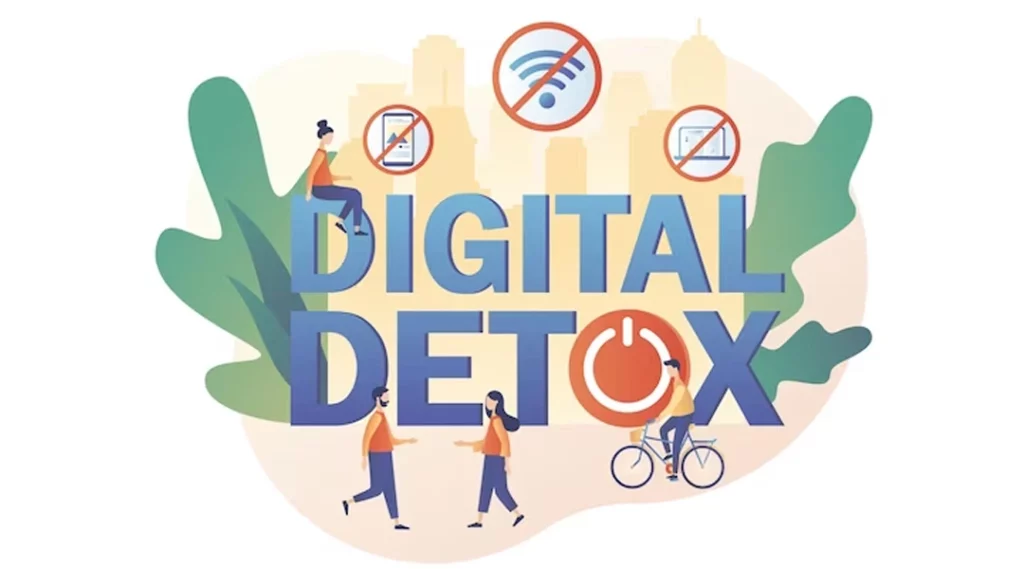
Step-by-step Guide to a Successful Digital Detox
In today’s hyper-connected world, a digital detox can be a much-needed reset for our mental and emotional well-being. Here’s a step-by-step guide to help you embark on a successful digital detox:
1. Evaluate Your Digital Consumption: Start by assessing your current digital habits. Take note of how much time you spend on screens, which apps or platforms you frequently use, and how they make you feel. This self-reflection will help you understand the extent of your digital dependency.
2. Set Clear and Realistic Goals: Determine what you hope to achieve with your digital detox. It could be to reduce screen time, improve focus and productivity, reconnect with loved ones, or simply find more balance in your life. Set specific and achievable goals to guide your detox journey.
3. Establish Boundaries and Rules: Create clear boundaries and rules for yourself during the detox period. This could include designating specific times or places where digital devices are off-limits, establishing limits on social media usage, or setting time restrictions for certain activities. Communicate these boundaries to those around you to ensure their support and understanding.
4. Identify Healthy Distractions: Find alternative activities to occupy your time and attention during the detox. Engage in hobbies, exercise, read books, spend time in nature, or connect with friends and family face-to-face. Identifying healthy distractions will help fill the void left by digital devices and keep you motivated throughout the detox process.
5. Seek Support from Friends and Family: Share your digital detox intentions with your close friends and family. Explain why it is important to you and ask for their support. Encourage them to join you or at least respect your boundaries during the detox. Having a support system can make the process easier and provide accountability.
6. Create a Detox Plan: Develop a structured plan for your digital detox. Decide on the duration of the detox, whether it’s a few days, a week, or longer. Outline the specific activities and routines you will engage in during this time. Create a schedule that includes designated times for relaxation, socializing, and pursuing offline interests.
7. Disconnect from Devices: Now it’s time to disconnect from digital devices. Put your phone on silent mode or turn off notifications to minimize distractions. Consider storing your devices in a separate room or using apps that limit your access to certain apps or websites. Disconnecting physically from devices will help create a mental and emotional separation as well.
8. Practice Mindfulness: Embrace the present moment and cultivate mindfulness during your digital detox. Engage in activities with intention and focus on being fully present. Practice deep breathing, meditation, or journaling to enhance self-awareness and reduce stress.
9. Reflect and Learn: Take time to reflect on your digital detox experience. Note any changes you observed in your mood, productivity, and overall well-being. Consider the challenges you faced and the strategies that helped you overcome them. Reflecting on your experience will provide valuable insights for future digital detoxes or maintaining a healthier relationship with technology.
10. Gradually Reintroduce Technology: When your digital detox comes to an end, reintroduce technology gradually and consciously. Reflect on what you learned during the detox and decide how you can implement healthier digital habits moving forward. Set new boundaries and prioritize activities that nourish your well-being.
How to Incorporate Digital Detox into Your Daily Life
Incorporating a digital detox into your daily life can help restore balance and reduce the negative impact of constant screen time. Here are some tips on how to incorporate a digital detox into your routine:
1. Start with small steps: Begin by setting aside specific times each day where you disconnect from digital devices. It could be during meals, before bedtime, or during dedicated breaks.
2. Create device-free zones: Designate certain areas in your home or workplace as device-free zones. This can be the dining table, bedroom, or even the living room during family time.
3. Set boundaries: Establish clear boundaries for device usage. For example, avoid checking emails or social media first thing in the morning or before going to bed.
4. Establish tech-free rituals: Incorporate activities that don’t involve screens into your daily routine. This can include reading a book, going for a walk, practicing mindfulness or meditation, or engaging in a hobby.
5. Prioritize human connection: Make an effort to spend quality time with loved ones without the distractions of devices. Engage in meaningful conversations, play games, or participate in activities together.
6. Utilize apps and tools: Use apps or tools that help limit screen time and track usage. Set reminders to take breaks or use features that restrict access to certain apps or websites during specific hours.
7. Engage in offline hobbies: Rediscover offline hobbies that bring you joy and fulfillment. This can be painting, playing a musical instrument, gardening, or any other activity that doesn’t involve screens.
8. Practice self-care: Prioritize self-care activities that promote relaxation and well-being. This can include exercising, practicing yoga or meditation, taking a bath, or simply taking time for yourself.
Apps and Tools to Aid Your Digital Detox Journey
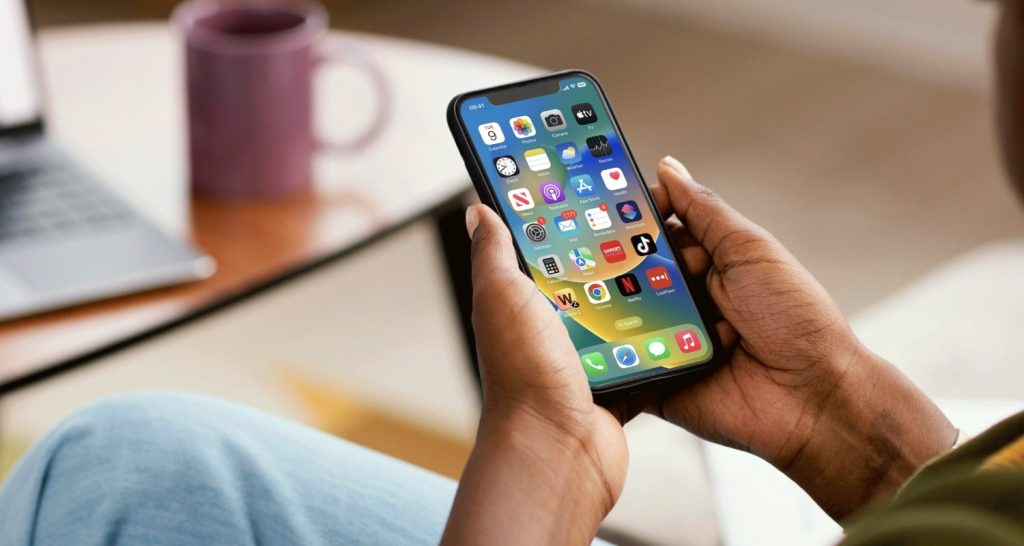
There are various apps and tools available that can support and facilitate your journey towards a healthier relationship with technology. Here are some helpful apps and tools to aid your digital detox:
1. Moment: This app tracks your screen time and app usage, providing insights into your digital habits. It helps you set daily limits, send reminders, and offers coaching to gradually reduce your screen time.
2. Forest: Forest uses gamification to encourage you to stay off your phone. When you set a specific period of time for focus, a virtual tree grows. If you leave the app, the tree dies, motivating you to stay committed to your digital detox.
3. Offtime: Offtime allows you to create custom profiles that block notifications, calls, and messages during specific periods. It helps you allocate dedicated time for relaxation, productivity, or socializing without distractions.
4. Freedom: Freedom blocks websites and apps that may be distracting during your digital detox. It lets you create custom schedules or block specific apps entirely to eliminate temptations.
5. Flipd: Flipd helps you set goals and block apps to minimize distractions. It offers features like daily challenges, productivity stats, and a lockscreen timer to help you stay focused and reduce screen time.
6. Screen Time: Screen Time is a built-in feature on iOS devices that tracks and limits screen time. It provides activity reports, app limits, and downtime settings to promote a healthy digital balance.
7. Focus@Will: This app provides a curated collection of music and sounds designed to enhance focus and concentration. It helps create a calming environment during your digital detox.
Remember, these apps and tools are meant to assist you in your digital detox journey, but ultimately, the responsibility lies with you to make intentional choices and establish healthy habits. Use them as aids and find the right balance that works for you.
Conclusion
In a world filled with constant connectivity, a digital detox offers a much-needed respite and an opportunity to regain control over our lives. By consciously reducing our screen time and establishing healthier boundaries, we can reclaim our time, attention, and overall well-being. Embracing a digital detox allows us to rediscover the joys of offline activities, connect more deeply with ourselves and others, and cultivate a greater sense of balance.
Through this journey, we can experience the freedom that comes with disconnecting from the digital world. We can rekindle our creativity, improve our focus, reduce stress, and enhance our relationships. By embracing a balanced digital life, we create space for personal growth, self-reflection, and pursuing activities that truly nourish us.
